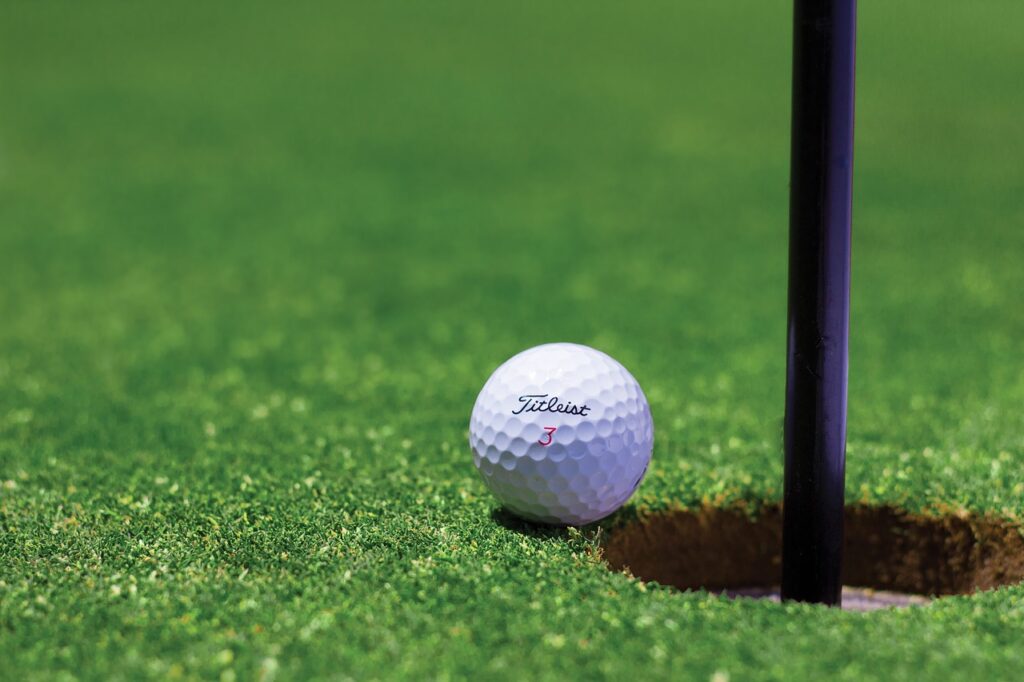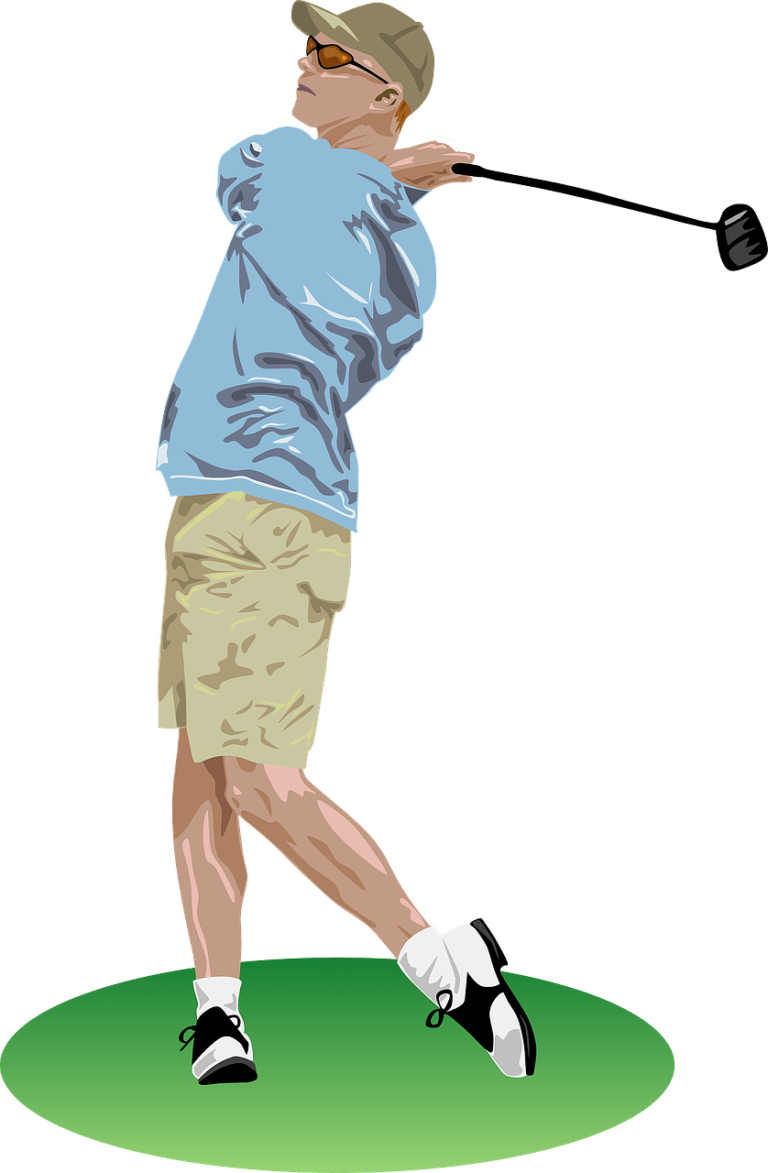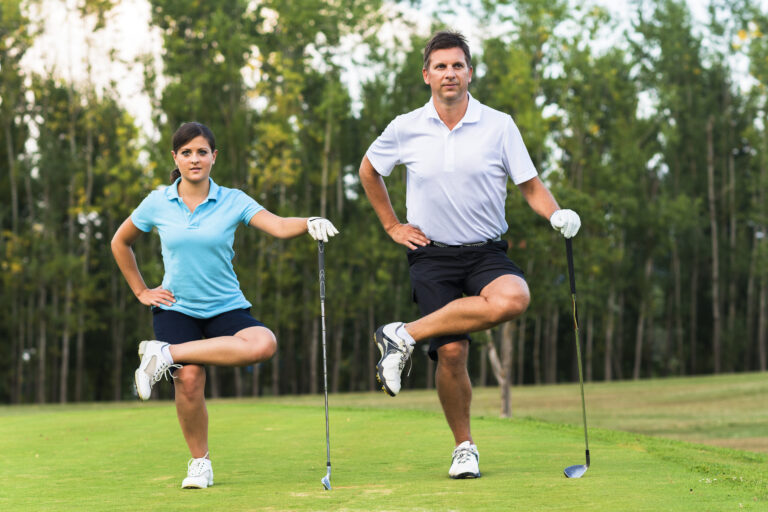Physical Therapy Tips For Seniors Returning To Golf
Have you ever stood out on a golf course, the sun casting a warm glow, the grass underfoot, and thought about how joyful it would be to swing those clubs again? If the allure of golf is calling you back, rest assured—you’re in good company! Many seniors find themselves eager to return to the fairways and, with a bit of physical therapy, it’s not just a dream but a tangible reality.
Embarking on the journey back to golfing can be both exciting and a tad daunting, especially if it’s been a while since you last played. For seniors, the desire to return is often accompanied by concerns about physical readiness. However, with proper guidance and preparation, it’s more than possible to revive that love for the game while also safeguarding your health.
The Joy of Golfing in Your Golden Years
Golf isn’t just a sport; it’s a way to stay active, socialize, and enjoy the great outdoors. Returning to golf offers not just health benefits but also a renewed sense of purpose and community. Imagine the camaraderie, the competition, and the quiet satisfaction of a well-placed shot.
The Social and Health Benefits
Golf acts as a brilliant platform for social interaction. It’s a sport that thrives on shared experiences, whether it’s discussing techniques, celebrating birdies, or just enjoying the walk with friends. Beyond the social aspect, golf offers numerous health benefits, from enhancing cardiovascular health to improving balance and flexibility. Engaging in golf stimulates both the mind and body, promoting overall well-being.
Getting Physically Ready
A successful return to golf often hinges on physical readiness. A strategic approach to physical therapy can make all the difference, ensuring you approach the game with confidence and strength.
Evaluating Your Current Fitness Level
Before you jump right in, a thorough assessment of your current fitness level can provide valuable insights. Consider a consultation with a physical therapist who can tailor a program to suit your unique needs, focusing on flexibility, strength, and balance—key components for golfing.
Flexibility and Mobility Exercises
Age may bring wisdom, but it can also bring stiffness. Incorporating regular flexibility and mobility exercises can keep your joints healthy and improve your range of motion. Simple activities like yoga or Tai Chi can work wonders. Gentle stretches targeting the shoulders, back, and hips can pave the way for a fluid golf swing.
Sample Stretch Routine
| Exercise | Duration | Description |
|---|---|---|
| Shoulder Rolls | 1 minute | Gently roll shoulders forward and backward to release tension. |
| Hip Circles | 1 minute | Stand with feet hip-width apart and make small circles with your hips. |
| Cat-Cow Stretch | 1 minute | On all fours, arch the back for the cat pose, then dip for the cow pose, enhancing spinal flexibility. |
Strength Training
Muscle strength helps maintain stamina and prevents injury during those long games. Engaging in light strength training exercises is crucial. Focus on resistance bands or light weights to build muscle tone, particularly in the legs, core, and arms, which are pivotal in supporting a good golf swing.
Targeted Strength Exercises
- Leg Press: Helps build lower body strength, aiding in stability during swings.
- Core Twists: Using a medicine ball, rotate your upper body to engage core muscles critical for a powerful swing.
- Bicep Curls: Simple yet effective in building arm strength for better club control.
Balance and Stability
A balanced stance is fundamental for an effective golf swing. Balance exercises can enhance stability, making you feel more secure on your feet. Practices like standing on one foot, using balance boards, or engaging in exercises like heel-to-toe walks can be beneficial.

Addressing Common Physical Concerns
Returning to golf in your senior years might come with specific physical challenges. Understanding and addressing these can help in making your comeback both pleasant and pain-free.
Managing Joint Pain
Joint pain, especially in the knees and elbows, can deter your game. Techniques like warm compresses before golfing and cold packs after can help alleviate discomfort. Additionally, a physical therapist might suggest specific exercises to strengthen muscles around the joints, reducing the strain during play.
Preventing Back Pain
A significant number of golfers experience back pain due to the twisting motion involved in a swing. Strengthening your core and back muscles can reduce this risk. Pay special attention to maintaining good posture both on and off the course.
Enhancements with Correct Equipment
Modern technology offers fantastic advancements in golf clubs and gear, making it easier and more comfortable for seniors to play. Consider consulting with a professional to find clubs with more flexible shafts or grips that cater to your hands. These small changes can significantly impact your swing and reduce strain.
Building Your Confidence on the Course
Returning to golf is not just about physical readiness; it’s about boosting your confidence too. With age comes a reservoir of experiences from which you can draw. Harness your knowledge and be patient with your game.
Practicing with a Purpose
Instead of diving into full games right away, start with targeted practice. Spend time at the driving range, work on your putting, or engage in short games to get familiar with your clubs and build muscle memory.
Setting Realistic Goals
Returning to golf doesn’t mean you have to play like you did twenty years ago. Set realistic, achievable goals for yourself. Perhaps it’s completing nine holes, or focusing purely on your putting. Celebrating small achievements will keep you motivated and encourage continued improvement.

Embracing the Community
Golf is widely cherished for its community aspect. Joining local clubs or senior leagues can provide camaraderie, motivation, and the opportunity to form new friendships. Many courses offer senior-specific events that focus more on fun and participation rather than fierce competition.
Networking and Community Events
Engage in community events that the local golf club might host. These can range from friendly tournaments to social gatherings. Such events aren’t just about the game; they’re about making connections and enjoying the sport together.
Sharing Your Experience
Consider sharing your love for golf with others. Whether it’s through writing a blog post or participating in volunteer opportunities at your club, your journey and experiences can inspire others to reengage with sports and stay active.
Maintaining Your Health
Beyond golf, it’s crucial to maintain an overall healthy lifestyle. A balanced diet, hydrated body, and regular check-ins with your healthcare provider are paramount. Combine these with physical activities like walking or swimming to keep your body in peak condition for golfing.
Nutrition and Hydration
A balanced diet enriched with nutrients supports muscle function and energy levels. Ensure you consume adequate proteins, healthy fats, and carbohydrates. Hydration goes hand in hand with nutrition—always keep a bottle of water handy on the course.
Routine Medical Consultations
Regular health check-ups will help you track any conditions and manage them effectively. Consult with your doctor to ensure your fitness levels are suitable for golfing and discuss any adjustments in your physical therapy routine.

Final Thoughts
Golf is beautifully timeless and participating in it during your senior years can truly be a delightful experience. Embrace the process and allow each step to enhance not just your game, but your life. Your return to golf is as much about enjoying its richness as it is about swinging the club. With the right preparation and mindset, the greens await your return with open arms.







